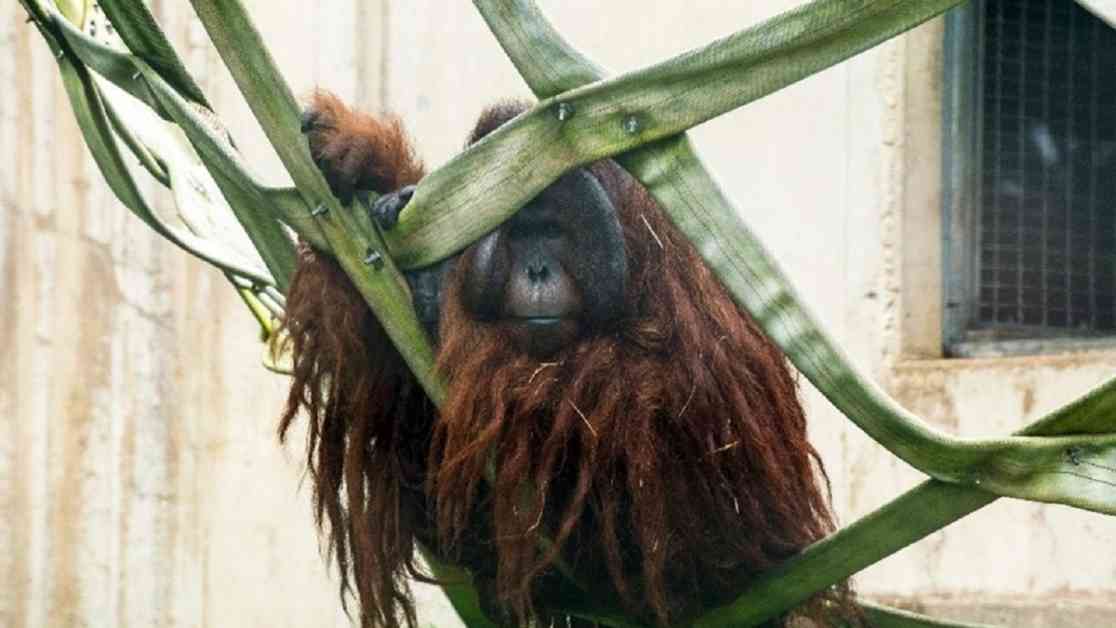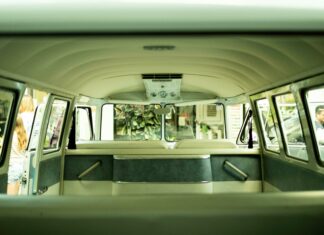Remembering Kyle: Orangutan at Smithsonian’s National Zoo – Tribute to a Beloved Resident
In a heart-wrenching loss for the Smithsonian’s National Zoo and Conservation Biology Institute, the primate staff mourn the passing of Kyle, a 28-year-old male Bornean orangutan, on January 10. Kyle’s departure has left a void in the orangutan community and has deeply impacted those who cared for him.
Life and Legacy of Kyle
Kyle, who exceeded the median life expectancy for male Bornean orangutans in human care, had been a resident at the Zoo since 2004. Despite being diagnosed with chronic respiratory disease in 2010, Kyle received specialized care that prolonged his life for over a decade. His gentle demeanor and significant contributions to conservation efforts and research made him a beloved member of the Zoo’s orangutan family.
Final Moments of Kyle
On January 7, changes in Kyle’s breathing prompted staff to provide additional care, but his condition continued to deteriorate. A diagnostic exam on January 10 revealed advanced respiratory disease, leading to his passing during recovery from anesthesia. Despite efforts to resuscitate him, Kyle succumbed to cardiac arrest due to obstructed airways.
Kyle’s Impact on Conservation
Born in 1996 at the Cleveland Metroparks Zoo, Kyle arrived at the Smithsonian’s National Zoo as part of the Orangutan Species Survival Plan. His contributions to breeding, cognitive research, and training programs advanced the understanding of orangutan health and behavior. Kyle’s son, Redd, born in 2016, exemplifies his legacy as a positive male influence within the orangutan community.
Conservation Efforts and Call to Action
The critically endangered status of Bornean orangutans, like Kyle, underscores the urgent need for conservation. Habitat loss, illegal hunting, and unsustainable palm oil plantations threaten their survival. By supporting sustainable shopping practices and advocating for orangutan conservation, individuals can honor Kyle’s memory and contribute to safeguarding the species.
Continuing Kyle’s Legacy
While Kyle’s physical presence may be gone, his impact on research and conservation efforts will endure. As the Zoo awaits the final pathology report to shed light on his passing, visitors are encouraged to learn more about orangutans and conservation by visiting the Great Ape House and engaging with the remaining orangutan residents.
As we reflect on Kyle’s life and legacy, let us remember the importance of cherishing and protecting endangered species like Bornean orangutans. Through our collective efforts, we can honor Kyle’s memory and ensure a sustainable future for these remarkable creatures.


















